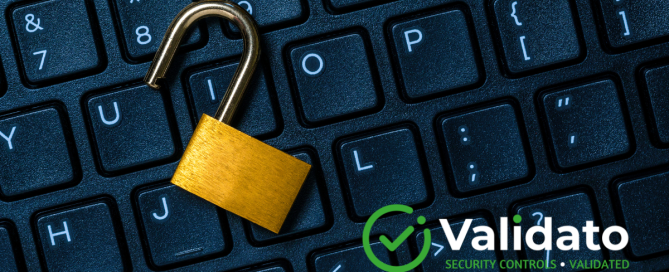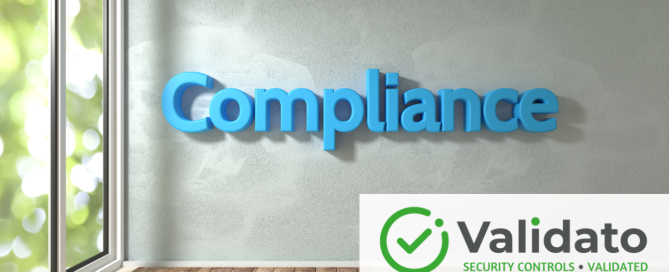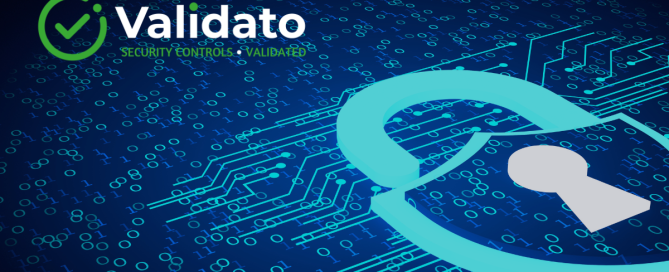Adversarial Exposure Validation: Bridging the Gap Between Detection and Prevention
Security teams face a fundamental challenge: knowing whether their defences actually work against real attacks. Traditional security testing approaches often miss the mark, leaving organisations vulnerable despite significant investments in security tools. This gap between perceived and actual security effectiveness has led to a new approach called adversarial exposure validation, which bridges the divide between simply detecting threats and actually preventing them. This comprehensive guide explores how adversarial exposure validation transforms security testing by simulating real attacker behaviours, revealing why detection-only strategies fall short, and providing practical strategies for building robust prevention measures. Readers will discover how this approach helps











